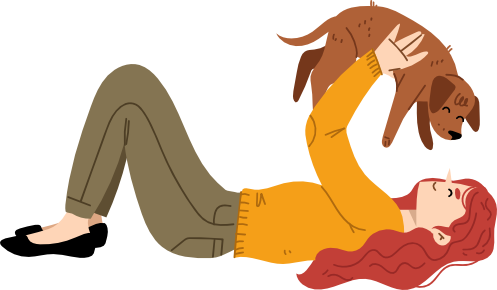In this episode, we are joined by the amazing Emily Strong of First Train Home and From Beaks To Barks! Emily is a great dog and people trainer! In this episode, we discuss why mechanics matter and the top 4 training exercises Emily uses in her private with clients and when training new animal shelter staff/volunteers. These exercises help people train their dogs more efficiently!
Develop an Efficient Explanation Process
Know what you want the learner to focus on and make that explanation short, direct and easy to digest!
- Tagteach
- Don’t’ Nag, Tag! Book from Tagteach
- Focus Funnel
- Mark, treat, home base, pause exercise!
Use Verbal Reinforcement
Note the moment your learner gets the response correctly using short, concise feedback so they can receive the verbal reinforcement while also paying attention to their task.
Choosing Incompatible Behaviors
Instead of paying attention to what you don’t want your learner to do, chose a skill that you do want want them to engage in.
Use Analogies that Stick
Develop learning opportunities that make sense to your audience. Provide ways for them to experience the concepts you are teaching.

